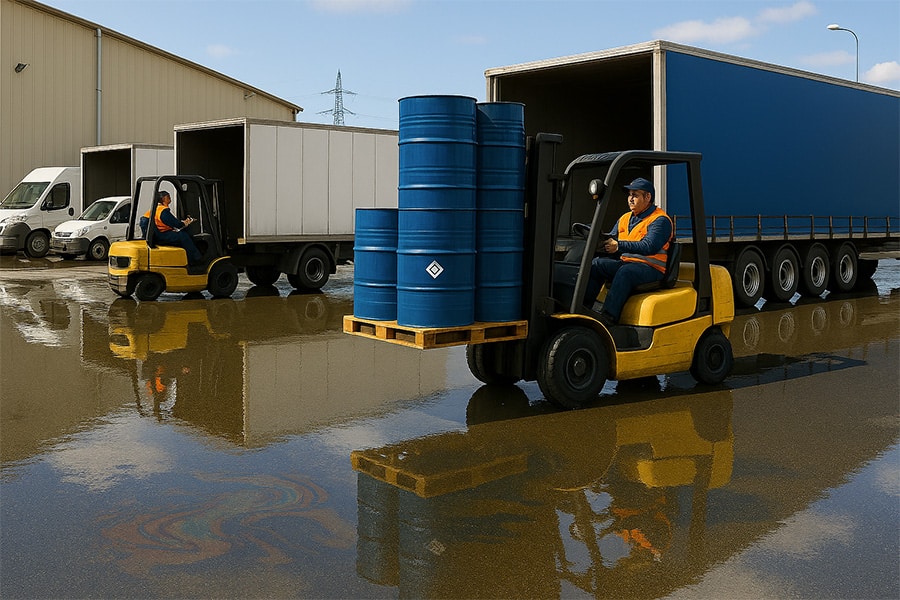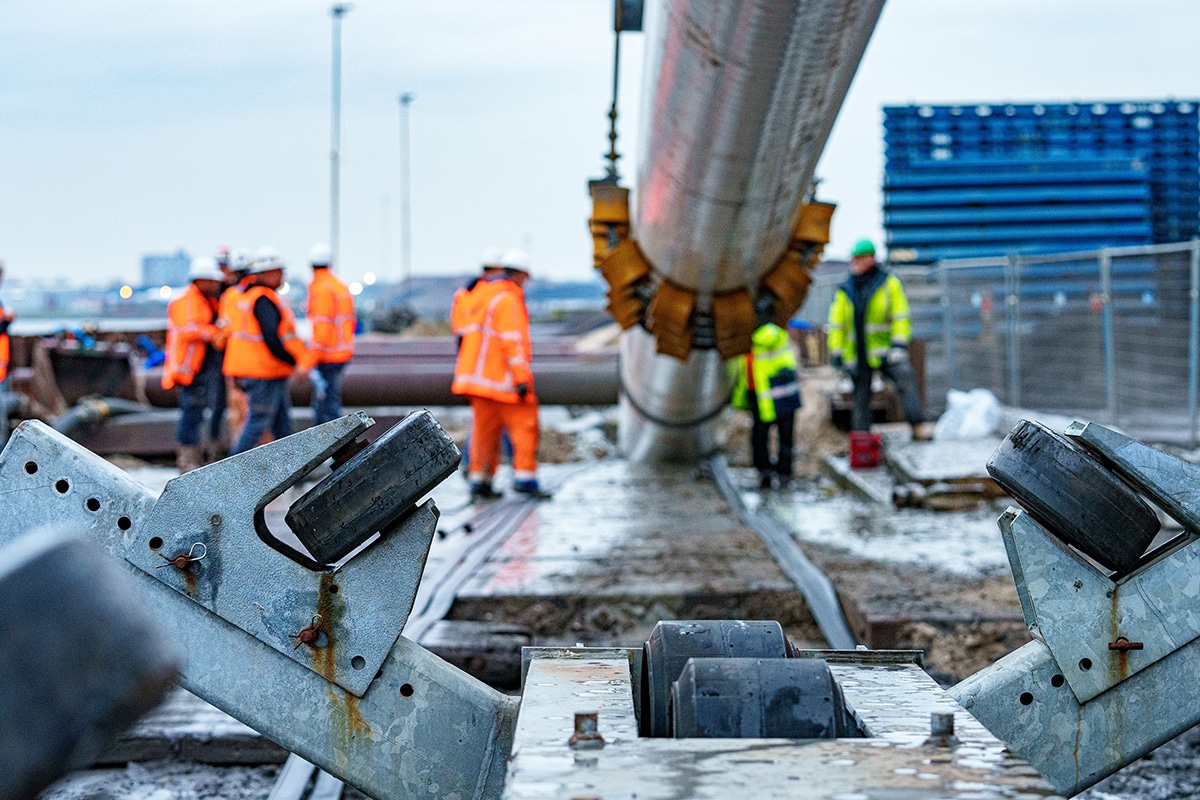
Spout if you can, pump if you must!
In the renovation of the Afsluitdijk, in addition to water safety, the theme of water drainage has been given a leading role. Construction consortium Levvel (BAM, Van Oord and Rebel) has included in the plan at Den Oever the construction of additional sluices, as well as the addition of two pumping stations, with six pumps in total. Much needed, to make the Afsluitdijk future-proof, we hear from Piet Zuidgeest, Project Manager of New Pumping at Levvel.
We speak with Zuidgeest about "his line of business," namely increasing the water discharge capacity of the IJsselmeer towards the Wadden Sea. "The request from Rijkswaterstaat was clear: the Afsluitdijk must have more discharge capacity and become energy-neutral. This called for a minimum pumping capacity. Levvel managed to distinguish itself in the tender by also offering additional sluice gates for the required discharge capacity. This concept greatly reduces energy consumption," Zuidgeest opened the conversation.
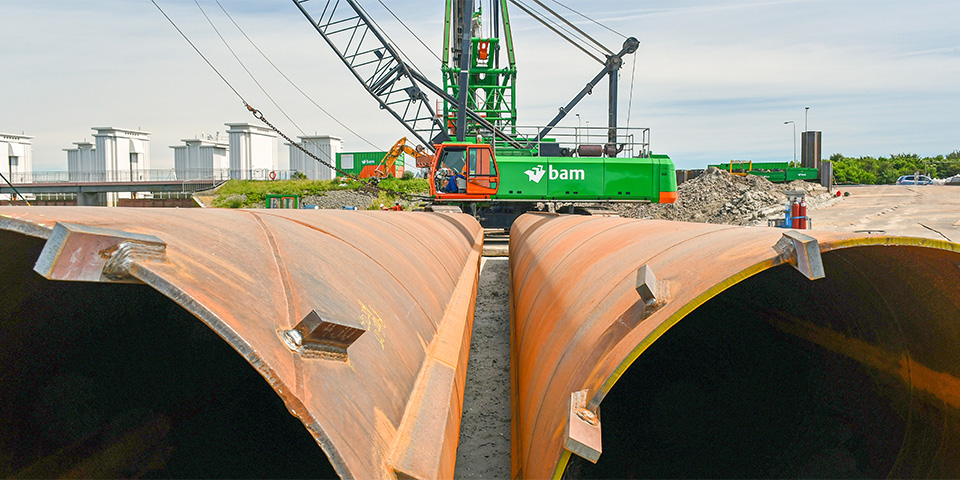
Construction consortium Levvel (BAM, Van Oord and Rebel) has included in the plan at Den Oever the construction of additional sluices as well as the addition of two pumping stations, with six pumps total.
Construction has now started
"We have now started the northern construction pits based on main dimensions of the pump structures. At the same time, all elements of the pumping structures are now being detailed in more detail," Zuidgeest says. When asked to sketch the old situation again, he replied, "On the Den Oever side there are now three sluice gates with five sluice gates each. If the water level on the Wadden Sea side is lower than that on the IJsselmeer side, the sluice gates are opened and it is possible to discharge via natural fall and make use of the tidal window. This is a major concern in the existing situation. The time to be able to discharge is getting shorter namely, because the average water level on the Wadden Sea side is gradually getting higher due to climate change. That is the first constraint. The second constraint is that due to climate change the IJsselmeer will be offered more water in peaks. In anticipation, we can say that we are no longer going to make do with only draining, despite building more spillways. That's why the use of pumps is also important."
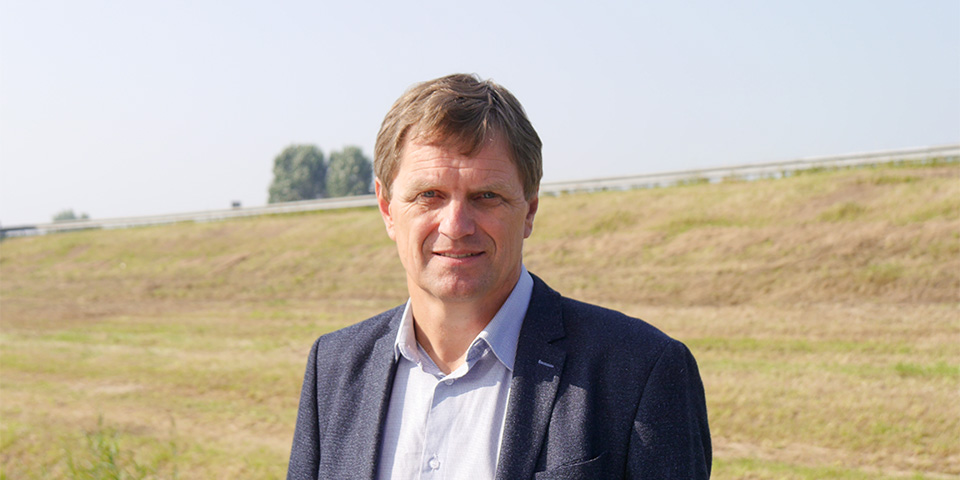
Piet Zuidgeest, Project Manager of New Spray at Levvel.
An interplay of sluice gates and pumping stations
To cope with the changing conditions, Levvel envisioned two new scupper groups at Den Oever, on the intermediate islands between the existing scupper groups. "Each new scupper group has four scupper chambers, so in total we are talking about eight more scupper chambers. There is an increase of 75% sluice area at Den Oever compared to the existing situation. For the entire Afsluitdijk sluice system, we also have at Kornwerderzand the capacity of the already existing groups of sluice gates there, two groups of five sluice gates each. The two pumping stations we are going to build with a total of six pumps can together provide the prescribed discharge of 235 cubic meters of water per second. However, these pumps will be used only when necessary, i.e., "sluice when possible, pump when necessary. This method of operation actively contributes to reduced energy consumption. In addition, the pumps themselves were chosen for their energy efficiency."
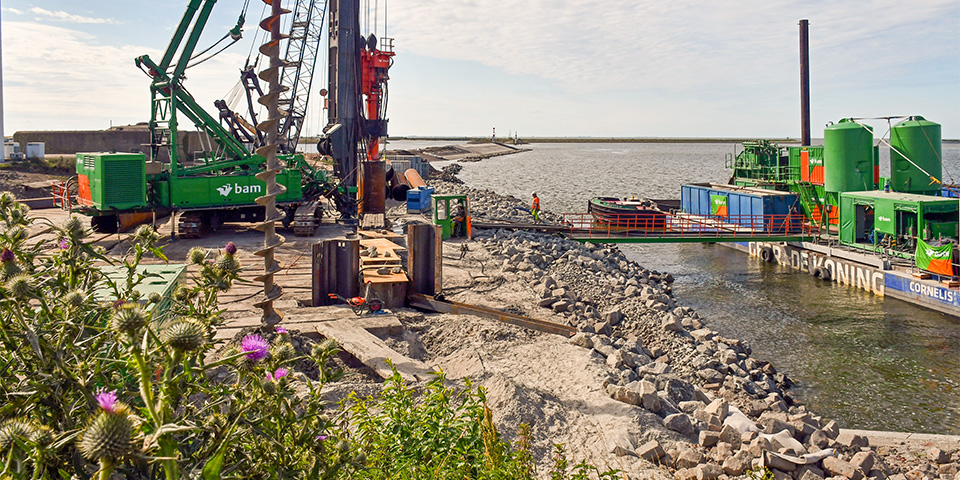
Levvel opted for a vertically priming pump, with road impoundment at a 90˚ angle. Zuidgeest explains: "In order to achieve the shortest possible pumping channel, this pump was chosen; it is the shortest installation size we could fit. A nice detail is that due to the size and position of the pump impellers, the pumps are 'fish-friendly' and therefore will not affect fish stocks." In addition to saving energy through the choice of pump and deploying the pumps only when needed, a contribution to the energy neutrality of the Afsluitdijk will be made through the use of solar panels. A park with solar collectors will be realized on the site where Levvel's (temporary) office in Den Oever now stands, a total area of 3 hectares. The energy of both the pumps and the other infrastructure will be compensated by solar energy.
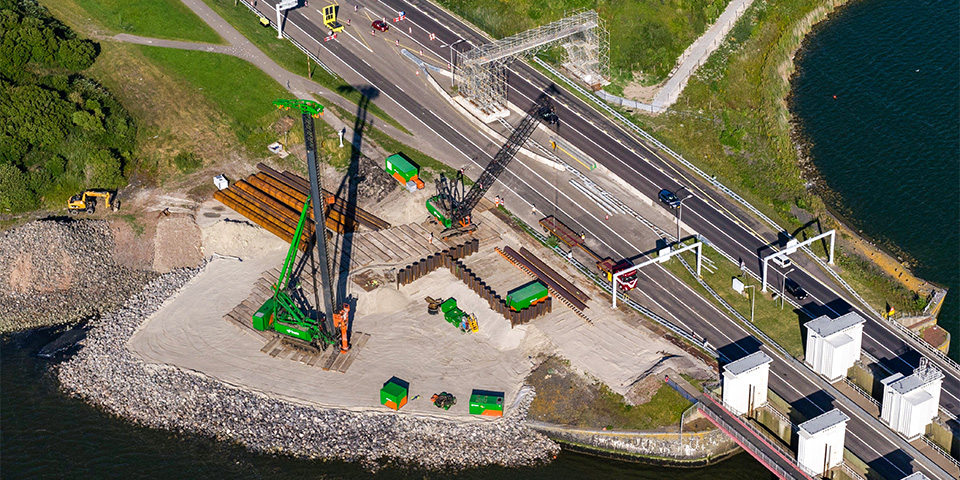
"We have now started the northern construction pits based on main dimensions of the pump structures." (Image: Pieter Klein)
A stand-alone project
"The realization of the new sluice gates and pumping stations may be seen as a stand-alone subproject within the work surrounding the renovation of the Afsluitdijk. However, the planning does interface with other matters, such as the closure of one lane on the A7 and the renovation of the decks of existing sluice gates, among others, in the same phasing," Zuidgeest said in conclusion.

